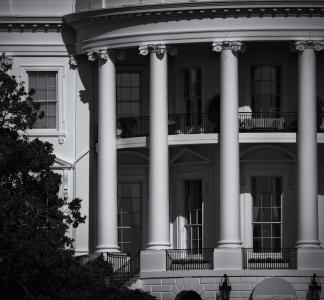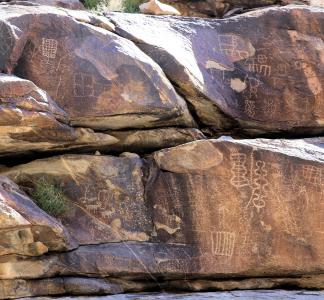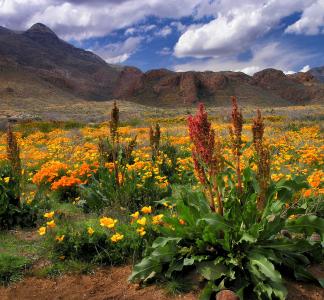Biden designates Avi Kwa Ame and Castner Range National Monuments
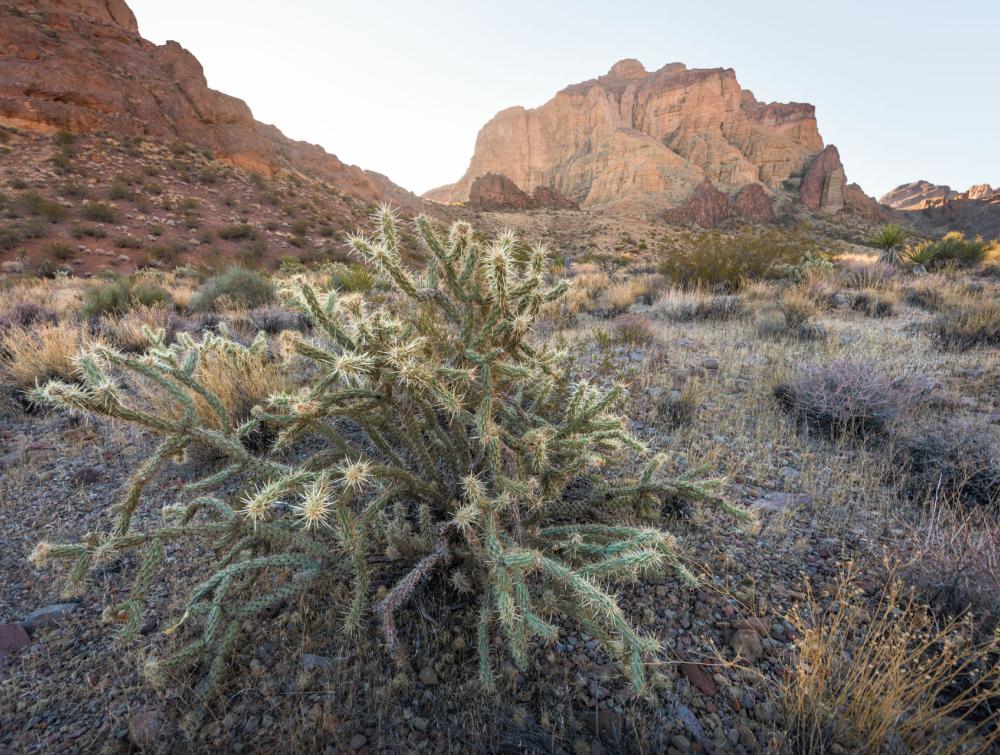
Avi Kwa Ame National Monument, NV
Mason Cummings, TWS
What in the Castner Range just happened?
If you’re anything like me, you probably just finished shrieking #StopWillow into the cold, unforgiving void of winter sky and settled angrily into your gamer chair to continue your preaching at internet strangers playing Dota 2. I have news: you can get back up out of that chair, good things are happening.
In a welcome surprise, the Biden administration today announced the designation of two new national monuments: Avi Kwa Ame National Monument in Nevada and Castner Range National Monument in Texas. Both designations represent significant victories for local communities as well as equity in the outdoors. Read on, fellow Bristleback mains, and let me tell you about our newest national monuments!
Desert forests and lizards outside Las Vegas
Just south of Las Vegas, along the California-Nevada state border, sits an inimitable piece of the Mojave Desert. Visually stunning and extremely biodiverse, the area of Avi Kwa Ame (ah-VEE kwa-meh) — which means “Spirit Mountain” in the Mojave language — is culturally sacred to 12 Indigenous tribes, 10 of whom call it their ancestral homeland.
For decades, these tribes led efforts to permanently protect Avi Kwa Ame from encroaching development, and Biden’s official designation of Avi Kwa Ame National Monument delivers on a promise he made to tribal leaders in November 2022. This is a major victory for the tribes who campaigned tirelessly for recognition of this sacred area and a strong step by the administration towards recognizing Indigenous land.
The designation is also a boon for the threatened Mojave ecosystem. Encompassing just over 500,000 acres, Avi Kwa Ame is a critical connective passage between Mojave National Preserve and Lake Mead Recreation Area. Protection as a national monument will provide migration passages for species like bighorn sheep and desert tortoises, offer hunting ground for birds of prey like golden eagles and protect the habitat of Chuckwalla lizards and Gila Monsters.
To top it all off, Avi Kwa Ame is said to have an unbelievable dark night sky. I for one can’t wait to see for myself!
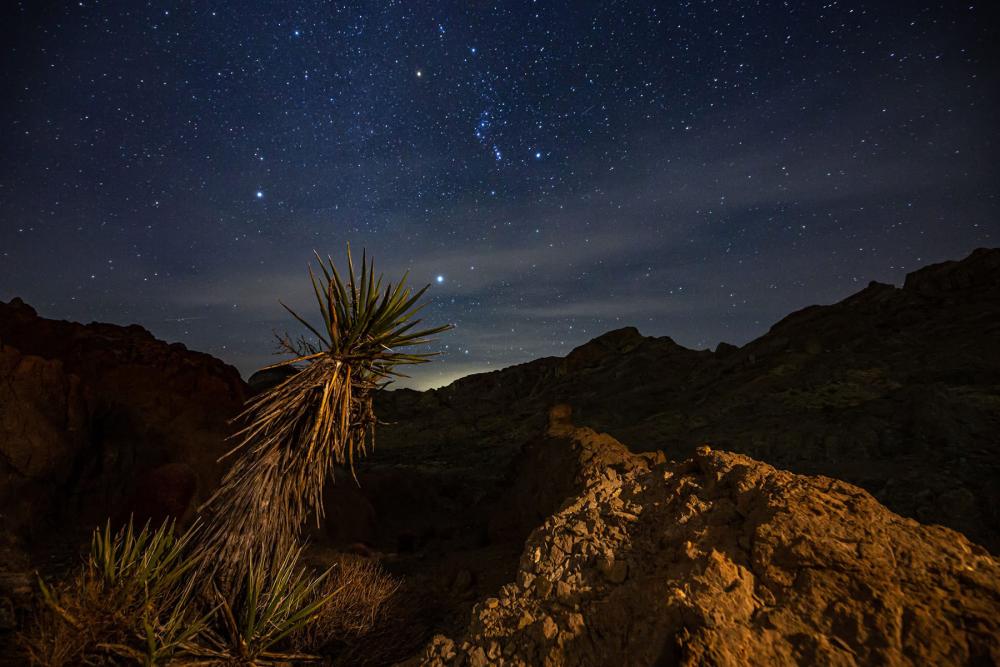
Above the Highland Range in the proposed Avi Kwa Ame National Monument, Nevada
Justin McAfee
Home, home on the (Castner) range
Situated outside El Paso, Texas, the mountainous Castner Range spent decades as a firing range for the U.S. Army. When the military closed shop and moved out in the 1960s, the slopes of the Franklin Mountains were quickly taken over by brilliant fields of blooming Mexican poppies and inhabited by Gambel’s quail, kit foxes and all manner of desert wildlife.
The nearly 7,000 acres of Castner Range are now beloved greenspace for the people of El Paso, who have advocated tirelessly for the land to be permanently protected from development. President Biden’s designation of Castner Range National Monument is a major win for the community of El Paso as well as the Chihuahuan Desert. It’s a particularly striking victory for a community with less than 1/1000th the access to green space as nearby Houston.
President Biden’s designation also takes a strong step towards expanding outdoor access for all in the United States. The majority of protected public lands are not easily accessible by communities of color. Designating Castner Range, which rests right on the edge of the city, creates more readily accessible public land for the predominantly Latinx community of El Paso.
As an avid birder and Tex-Mex cuisine enthusiast, I’m looking forward to visiting Castner Range on my next trip South!
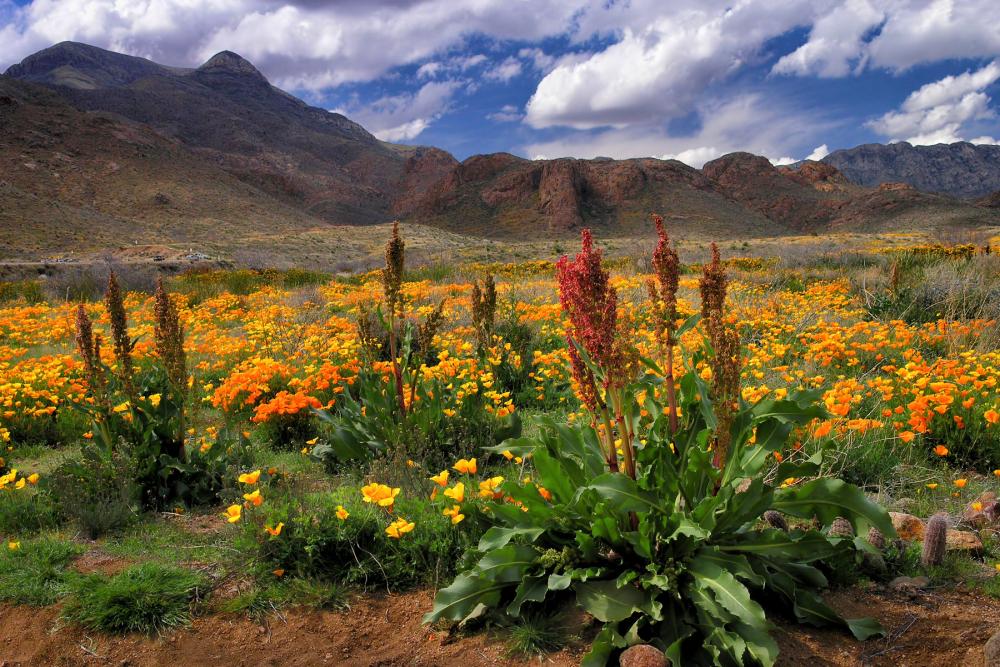
Castner Range, Texas
Mark Clune
The sum of the parts
Today’s monument designations are major victories in equity and conservation, but the message is muddled by the administration’s recent approval of the Willow Project despite millions of people and local Indigenous tribes imploring President Biden to stop the project. While we’re celebrating these victories — and please do take a moment to thank the President for these designations — we’re still calling upon the government to create a comprehensive and equitable plan for public lands and climate.
